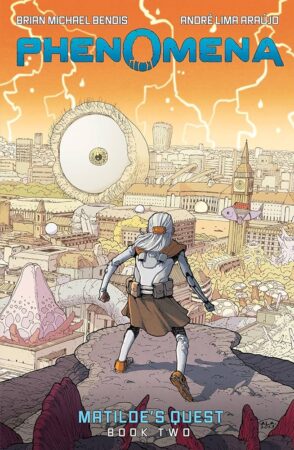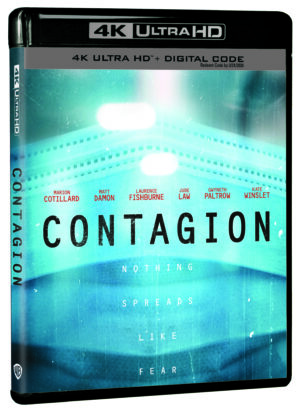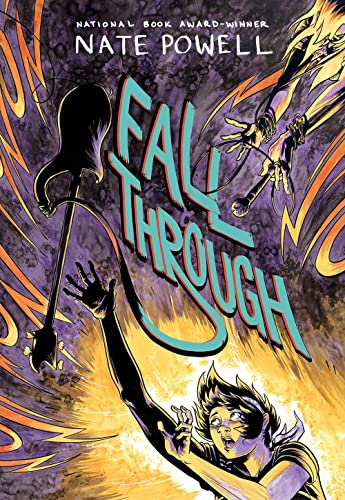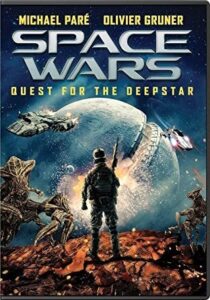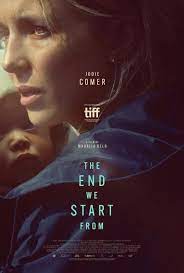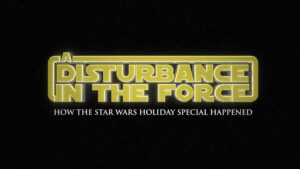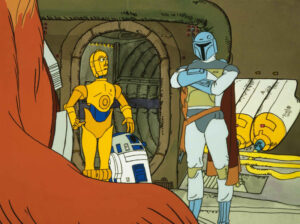REVIEW: Wednesday: The Complete First Season
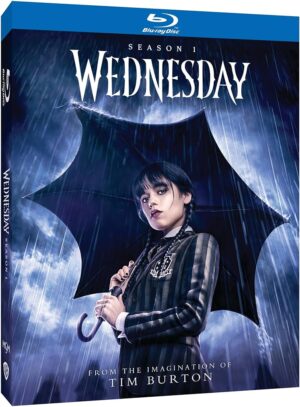
“Wednesday’s child is full of woe.”
When Charles Addams was helping turn his amusing gothic New Yorker cartoons into a television series, the little girl needed a name, and he used a line from an old-time children’s poem. He’d been at the drawing board with these characters since 1938, although Gomez and Morticia’s daughter didn’t arrive until 1944. At different times, she was older or younger than her sibling, Pugsley.
Ever since her arrival, Wednesday has been a fixture, her pale skin, pig-tailed black hair, and solemn expression imprinted on future generations of Goth girls. From Lisa Loring to Christina Ricci, the live-action look has endured as the character has aged from her purported six years old in the original series pilot to 18 in the 2010 Broadway musical adaptation.
Miles Millar and Alfred Gough, no strangers to teenage angst after a decade-plus at Smallville, settled on a 15-16-year-old incarnation for their delightful Netflix series Wednesday. Removing her from home, she is sent to attend school at Nevermore Academy, where she intends on honing her detective skills but makes friends, finds young love, and far more than she bargained for in eight captivating episodes.
Tim Burton’s macabre touch is seen throughout, and he finally gets a chance to work on the property since he was first circling the 1991 film adaptation. The off-kilter characters and set decoration all feature his hallmark touches, making the show visually compelling.
At first, she doesn’t want to make friends, fall in love, or interact with anyone, but as she gets to know her roommate, Enid (Emma Myers), she finds herself drawn into the lives of others. Then, when someone dies, she begins to investigate, bringing her in contact with the Vermont locals who have an uneasy relationship with the school.
This is Ortega’s show, and she is front and center, called up to be brilliant at almost everything, mental or physical. Today, mention the show, and you immediately think of her memorable dance sequence, which apparently exhausted the actors. She shines here, enlivening every scene she is in, and communicates so much through her deadpan expression.
She’s ably surrounded by a fine supporting cast, including Gwendoline Christie as Larissa Weems, the principal, who was once a roommate with Morticia (Catherine Zeta-Jones, when they attended Nevermore; Ricci as Marilyn Thornhill, the botany teacher/dorm mother to Wednesday and Enid; Joy Sunday as Bianca Barclay, a siren; and Percy Hynes White as Xavier Thorpe, an art student. Wednesday is also accompanied by Thing (Victor Dorobantu), the disembodied hand that she has grown up with, maybe the only being she truly cares about.
The series has been renewed for a second season, and a spinoff focusing on Uncle Fester (Fred Armisen) was recently announced. This single-disc Blu-ray is a great way to see the series, with a sharp 1080p digital transfer and fine DTS-HD 5.1 Master Audio track. Sadly, no Special Features were included.


